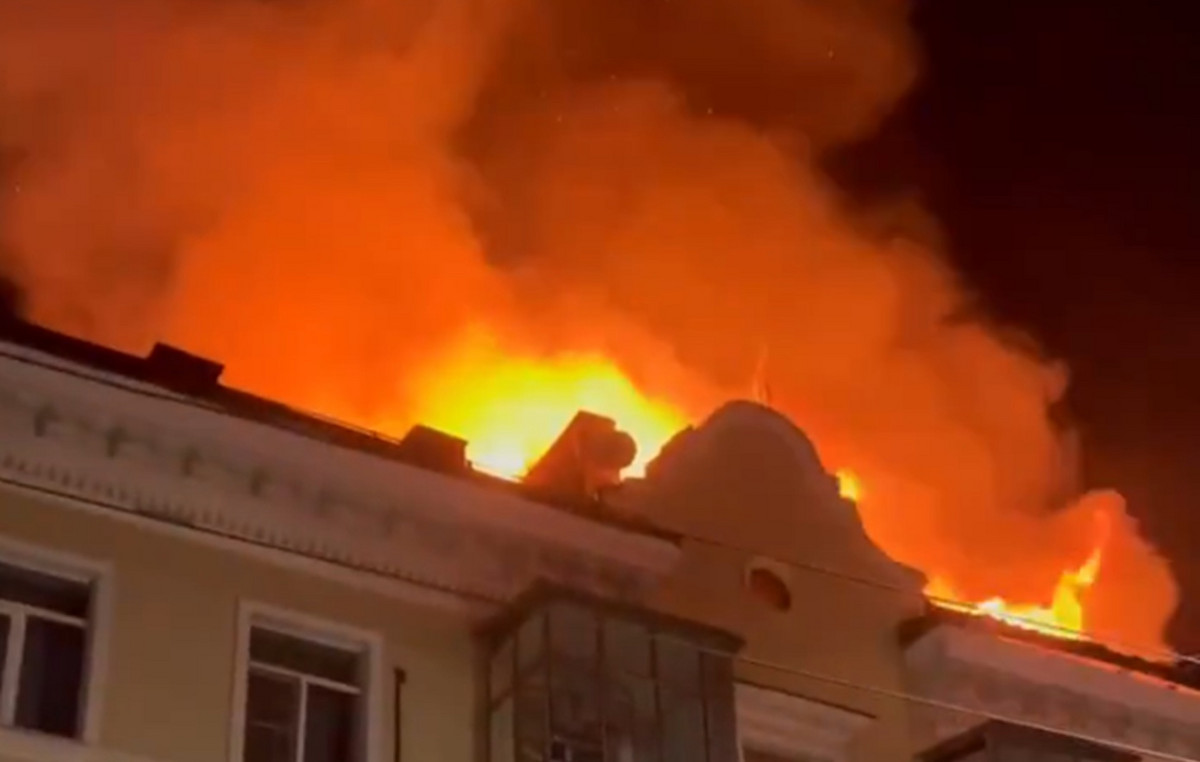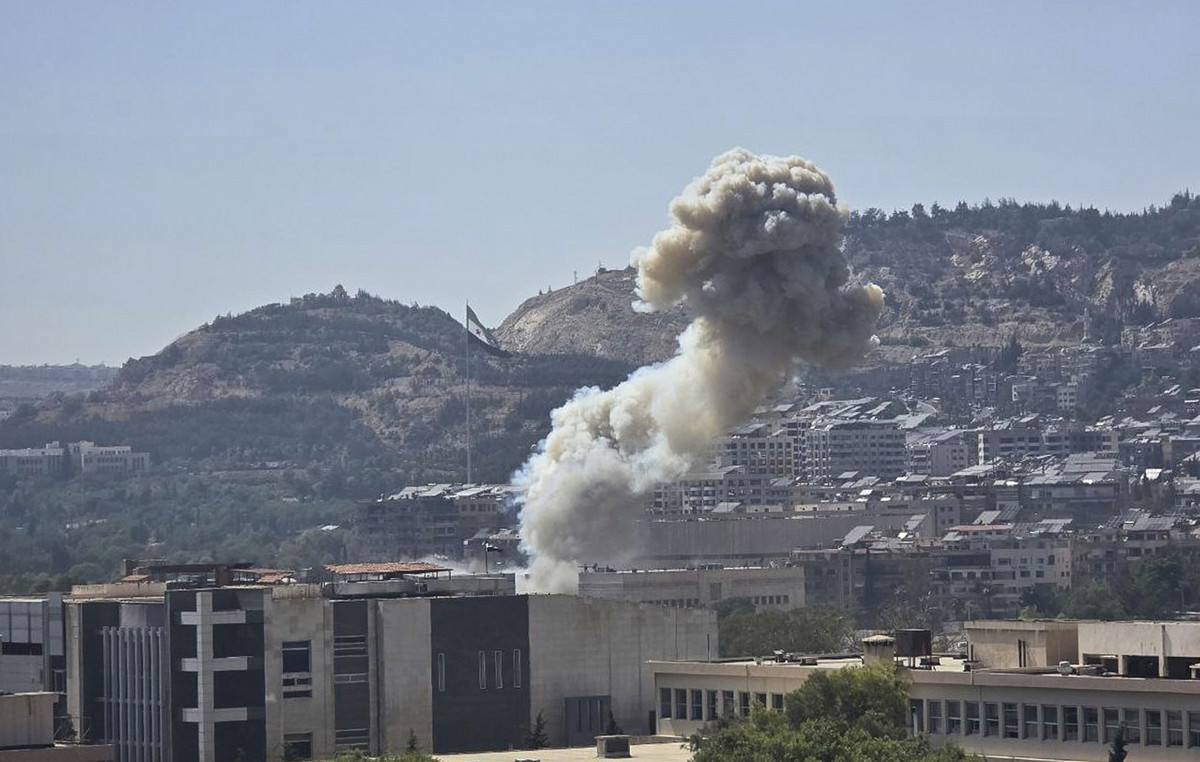The Monetary Policy Committee (Copom) of the Central Bank (BC) opted, this Wednesday (7), for maintaining the basic interest rate at 13.75% per annum for the third time in a row.
The decision was already expected in consensus by the market. However, specialists assess that the warning made by the institution about the uncertainties regarding the country’s fiscal scenario is the highlight of this Wednesday’s meeting.
“The Committee will follow up with special attention the future developments of tax policy and, in particular, their effects on asset prices and inflation expectations with potential impacts on the dynamics of prospective inflation”, says the Copom statement.
Étore Sanchez, chief economist at Ativa Investimentos, draws attention to the excerpt from the communiqué and explains the concern regarding the increase in expenses through proposals such as the PEC of the Explosion and its consequences for the BC’s decisions.
“An explosive trajectory of public accounts will certainly affect expectations, which would make the Central Bank extend the current interest rate level or even resume the hike cycle”, analyzes Sanchez.
The analyst at XP, Tatiana Nogueira, highlights the projections for the interest rate in the coming years.
“The BC must maintain the rate for a prolonged period to guarantee the convergence of inflation to the target. When we look at their projections, in the reference model, we see an increase both for the year 2023 and for the year 2024, which are relevant years in the monetary policy horizon. It’s still a fairly marginal increase, but it reinforces the message that the board needs to remain vigilant in the coming months.”
The current Selic level is the highest since November 2016, when the base rate was 14% per annum.
This is the third time in a row that the Committee has kept the rate unchanged, after a sequence of 12 hikes, starting in March 2021, when the Selic was at 2% per annum. The last meeting in which the rate was changed, on August 3, there was an increase of 0.5 percentage points.
Another point raised by specialists interviewed by the CNN it is about a possible “relief” in relation to fiscal policy, which could “reassure” the BC. Álvaro Frasson, economist at BTG Pactual, explains that this will not only come from the amount of expenses for next year, but also from greater clarity about the fiscal framework, still undefined.
“It is worth remembering that tax relief does not come only from the size of spending next year. It comes, above all, from what will be the new fiscal framework that will still remain undefined until the middle of 2023, given the proposal presented in the PEC. And we also don’t have much clarity if the subsidized credit policy should return or not. And, if it returns, to what level will it return. There are many risk points, ”he said.
Inter, in its communiqué after the Copom meeting, also reports the external scenario as one more factor, combined with internal uncertainties, which may hinder the convergence of inflation to the target.
“The risk assessment for inflation remains the same, with the slowdown in the global economy and the downward impact on commodity prices on the one hand, and potential changes in fiscal policy on the other, which could delay the convergence of inflation to the target”, evaluates Rafaela Vitoria, chief economist at Inter.
Expectations
Regarding the prospects for the next Copom meetings, Tatiana Nogueira, from XP, states that, in her opinion, it is too early to say that changes should occur in the short term.
“We understand that it is still too early for the Copom to make any change in monetary policy. We believe he will continue in this ‘wait and see’ position. See clearer signs of what will come in the fiscal framework from now on”.
With the same understanding, Rafaela Vitória, from Inter, says that the “absence of a proposal for a new fiscal framework leaves more uncertainty in the scenario and may unanchor inflation expectations in the medium and long term, as already observed in the pricing of interest rate bonds in the market”.
Experts believe in maintaining the current level of 13.75%, at least, throughout the first half of 2023. However, there is a warning for a new cycle of interest rate hikes, depending on the amount of extra spending that is approved by the Congress in the PEC of the Estoril.
“We continue with the Selic rate scenario. If the Transition PEC is approved with a license of around BRL 100 billion, we expect the Selic rate to remain at 13.75% until August 2023, when the cycle of cuts should begin, closing 2023 at 11.50%. If the Transition PEC is approved with a license closer to R$ 200 billion, we believe that either the Copom will resume the hike cycle in the 2nd quarter of 2023 or postpone the start of the cut cycle to 4Q23 or 1Q24”, he assesses Nicolas Borsoi – Chief Economist at Nova Futura.
Source: CNN Brasil
A journalist with over 7 years of experience in the news industry, currently working at World Stock Market as an author for the Entertainment section and also contributing to the Economics or finance section on a part-time basis. Has a passion for Entertainment and fashion topics, and has put in a lot of research and effort to provide accurate information to readers.







